Project-Based Learning and Student Engagement

In a classroom buzzing with curiosity, Olivia leans over a scraggly blueprint of what could eventually become a sleek, solar-powered greenhouse—built by her own hands. Across the room, a cluster of students debates the ethical dilemmas of their proposed recycling program, an endeavor as complex as any business venture. Welcome to the transformative world of Project-Based Learning (PBL), where textbooks take a backseat to immersive, real-world challenges, and student engagement is no longer a buzzword, but a tangible force driving dynamic educational experiences. This article delves into how PBL not only breathes life into learning but also redefines the boundaries of student participation, curiosity, and ultimately, achievement.
Table of Contents
- Enhancing Curiosity Through Real-World Challenges
- Crafting Meaningful Projects for Maximum Impact
- Harnessing Teamwork and Collaboration
- Balancing Guidance and Student Autonomy
- Integrating Technology to Boost Engagement
- Measuring Success: Assessment Strategies for Project-Based Learning
- Q&A
- In Conclusion

Enhancing Curiosity Through Real-World Challenges
**Project-Based Learning (PBL)** effectively ignites curiosity by immersing students in real-world problems that demand in-depth investigation and innovative solutions. Unlike traditional teaching methods, PBL centers on student-driven exploration, allowing learners to take ownership of their educational journey. Here, students are not merely passive recipients of information; they actively participate in constructing knowledge through dynamic, hands-on projects. This experiential approach fosters critical thinking and problem-solving skills as students tackle **complex questions** and strive to create substantial, tangible outcomes.
When learners engage in real-world challenges, they encounter scenarios relevant to their lives and future careers. For instance, exploring **environmental sustainability** in a local context or developing **business models** for startups links classroom learning to practical applications.
| Subject | Real-World Challenge |
| Science | Design a renewable energy solution |
| Math | Analyze statistical data trends |
| History | Recreate a historical event |
**Benefits** of this approach include enhanced motivation, collaboration, and deeper learning experiences. Through interdisciplinary projects, students do not merely connect the dots; they create new ones, enabling a cohesive understanding that transcends subject boundaries. This strategy not only invites curiosity but also establishes a robust foundation for lifelong learning.
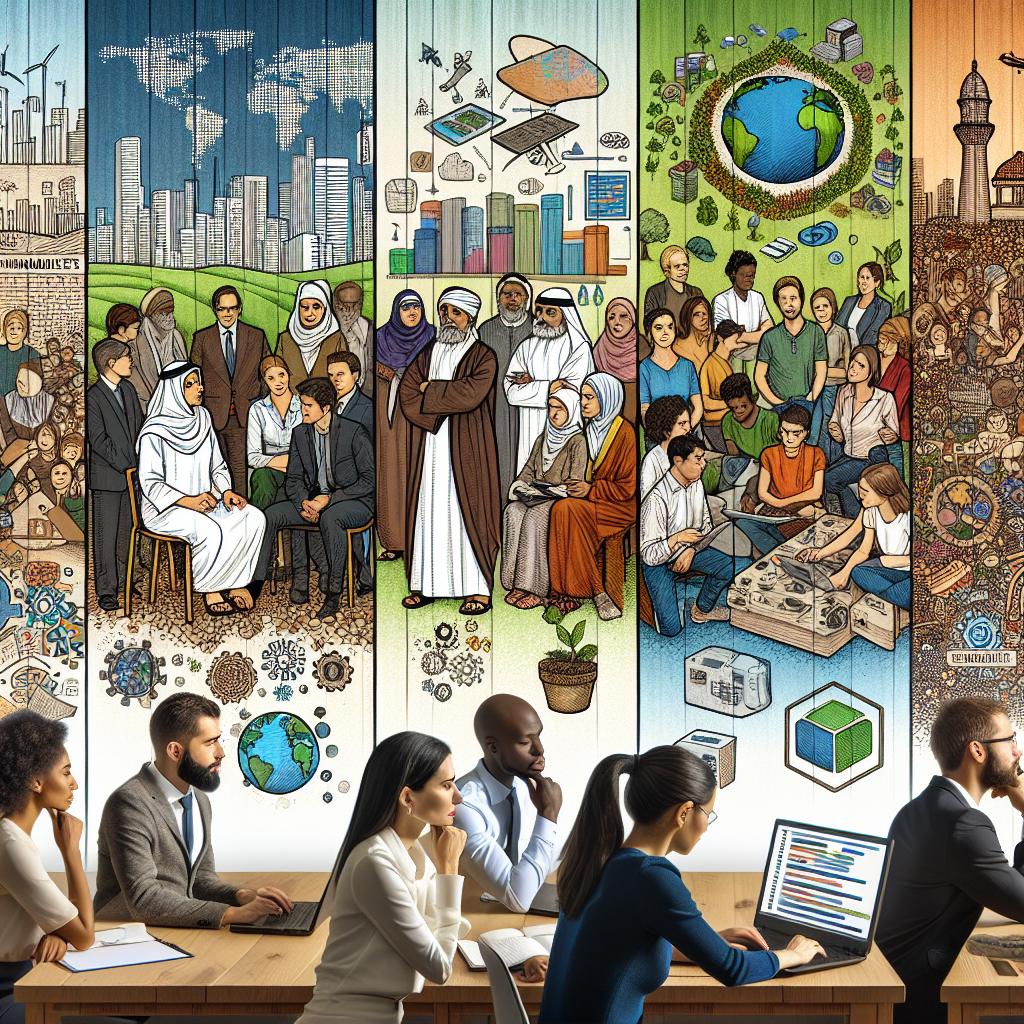
Crafting Meaningful Projects for Maximum Impact
To truly harness the potential of project-based learning (PBL), it’s essential to design projects that resonate deeply with students, motivating them to put forth their best effort. Here are some key approaches to ensure projects are impactful and engaging:
- Relevance: Choose topics that align with students’ interests and real-world issues.
- Choice: Allow students to select aspects of their project, fostering a sense of ownership.
- Collaboration: Encourage teamwork to build communication and problem-solving skills.
Embedding projects with clear criteria for success can further enhance their effectiveness. A structured approach helps students navigate the complexities and maintain focus. Here’s a handy reference for project planning:
| Element | Description |
|---|---|
| Objective | Define clear, attainable goals. |
| Resources | List all necessary materials and tools. |
| Timeline | Create a realistic schedule with milestones. |
| Assessment | Determine criteria for evaluating success. |

Harnessing Teamwork and Collaboration
Engaging students in project-based learning (PBL) creates an environment where teamwork and collaboration flourish, driving both academic and personal development. It transforms the traditional classroom landscape into a dynamic community where students become active and motivated participants. Through PBL, students work together to solve real-world problems, fostering critical thinking and innovation. Such collaborations enable students to share diverse perspectives, which not only enrich the learning experience but also promote empathy and effective communication skills.
Benefits of teamwork in PBL include:
- Enhanced Problem-Solving Skills: Different viewpoints help in developing a more comprehensive understanding of the problem at hand.
- Improved Social Interaction: Students learn to negotiate and communicate effectively, building stronger relationships with peers.
- Increased Accountability: Group projects mean shared responsibilities, encouraging each student to contribute meaningfully.
- Resource Sharing: Access to a broader range of resources and skills, making the learning process more enriching.
| Activity | Collaboration Tools |
|---|---|
| Research | Google Docs, Slack |
| Presentation | Canva, Prezi |
| Project Management | Trello, Asana |
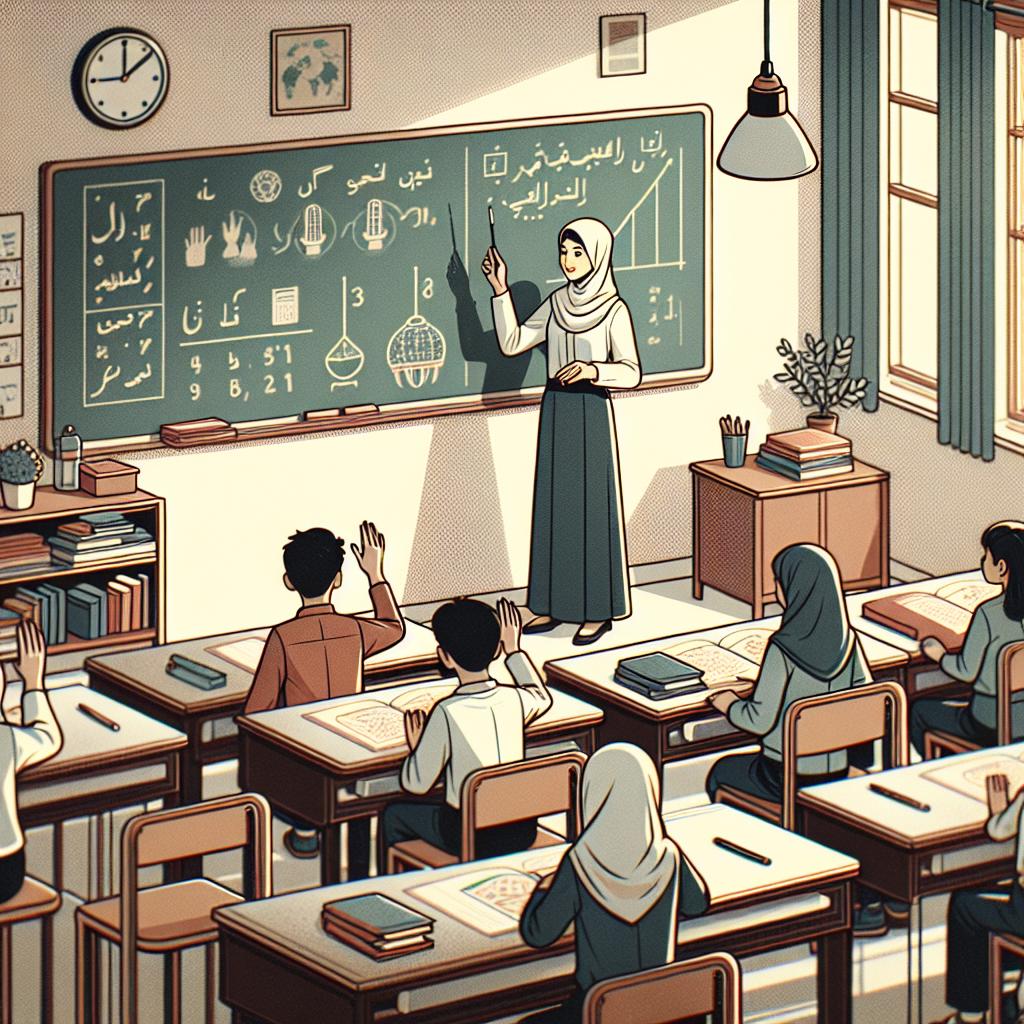
Balancing Guidance and Student Autonomy
Finding the sweet spot between providing guidance and allowing student autonomy can significantly impact the efficacy of project-based learning. **Effective mentoring** involves knowing when to step in with critical advice and when to let students navigate challenges independently. As an educator, posing open-ended questions can ignite creative thinking and problem-solving skills. However, it’s equally essential to establish clear guidelines and checkpoints to ensure students remain on course without feeling micromanaged.
| Guidance Strategy | Benefits |
|---|---|
| Regular Checkpoints | Ensures project progression & timely feedback |
| Open-Ended Questions | Encourages deeper critical thinking |
| Resource Libraries | Provides tools without direct intervention |
**Empowering students** by giving them agency in their projects enhances ownership and motivation, critical factors in student engagement. Allowing choices in project topics or the methods they use to explore them can be transformational. Nevertheless, structured guidance should not be overlooked; using frameworks like the **Goldilocks Principle**—not too little, not too much, but just the right amount of support—can create a nurturing yet challenging learning environment. This dynamic balance paves the way for students to develop both independence and the ability to seek and use guidance effectively.
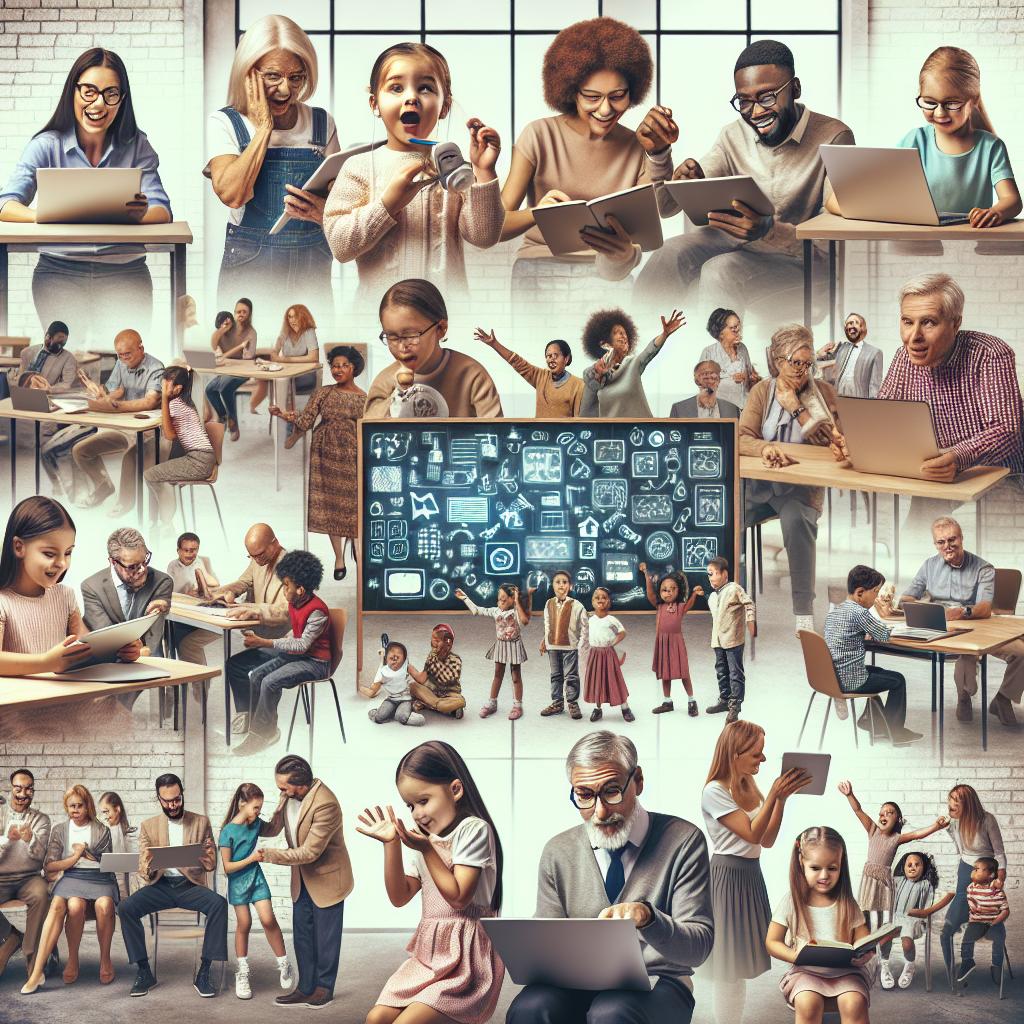
Integrating Technology to Boost Engagement
One of the effective ways to enhance student engagement in project-based learning (PBL) is by leveraging modern technology. Various digital tools not only foster collaboration but also make learning more interactive and enjoyable. **Apps and platforms** such as Google Classroom, Trello, and Padlet help students organize their projects efficiently. In addition to these, virtual reality (VR) and augmented reality (AR) provide immersive experiences that transform conceptual learning into tangible experiences. Imagine students exploring ancient civilizations through VR or conducting science experiments in a virtual lab; the possibilities are endless.
- **Google Classroom**: Seamless interaction and project management
- **Trello**: Task organization and tracking
- **Padlet**: Visual collaboration and brainstorming
- **Virtual Reality (VR)**: Experiential learning
- **Augmented Reality (AR)**: Bringing concepts to life
Moreover, incorporating **coding and robotics** in PBL ignites curiosity and problem-solving skills among students. By using platforms like Arduino and Raspberry Pi, students can create prototypes and witness the real-world impact of their projects. These platforms often come with comprehensive online resources, making it easier for both teachers and students to navigate complex topics. Below is a quick overview of some technologies and their benefits:
| Technology | Benefit |
|---|---|
| Arduino | Build electronic prototypes |
| Raspberry Pi | Learn programming and hardware |
| Scratch | Interactive game coding |
| 3D Printing | Create tangible models |
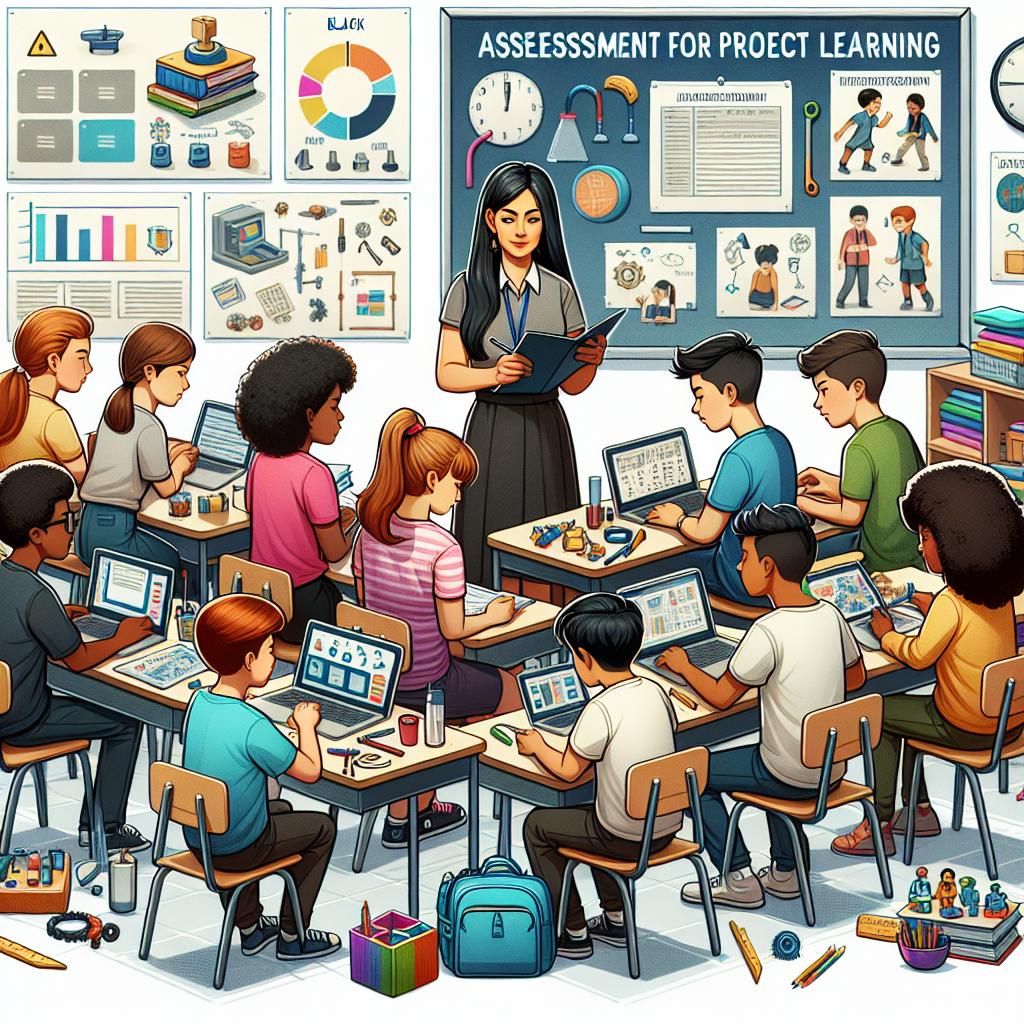
Measuring Success: Assessment Strategies for Project-Based Learning
Effectively measuring success in project-based learning (PBL) can be both an art and a science. Since PBL involves students working on complex, real-world problems, traditional assessments may not fully capture the breadth of student learning and engagement. Instead, diverse strategies such as **rubrics, self-assessments, and peer reviews** provide a comprehensive understanding of both the process and the final product. Teachers can develop detailed rubrics that break down project components, from planning to presentation, ensuring each step is clearly defined and evaluated. Self-assessments encourage students to reflect on their own strengths and areas for improvement, fostering **critical thinking and self-regulation**.
Peer reviews add another layer, offering students the opportunity to evaluate each other’s work, which helps cultivate **collaborative skills** and mutual respect. A blend of formative and summative assessments, like **milestone checks and final project presentations**, keeps students engaged and accountable throughout the project duration. Consider integrating technology tools such as e-portfolios to document and visually track student progress. **Below is a comparison of different assessment tools for PBL:**
| Assessment Tool | Purpose |
|---|---|
| Rubrics | Detailed evaluation criteria |
| Self-Assessments | Personal reflection and growth |
| Peer Reviews | Collaborative feedback |
| E-Portfolios | Track and showcase progress |
Q&A
Q&A: Project-Based Learning and Student Engagement
Q: What exactly is Project-Based Learning (PBL)?
A: Project-Based Learning, commonly known as PBL, is an instructional methodology that encourages students to learn and apply knowledge and skills through an engaging project. Students work on a project over an extended period, which prompts them to investigate and respond to complex questions, problems, or challenges.
Q: How does PBL differ from traditional learning methods?
A: Unlike traditional learning, which often emphasizes rote memorization and individual tasks, PBL focuses on collaboration, critical thinking, and practical application. While traditional learning might revolve around lectures and exams, PBL involves hands-on activities and real-world problem solving.
Q: What are some key benefits of using PBL in classrooms?
A: PBL can significantly enhance student engagement by making learning more relevant and meaningful. It encourages teamwork, fosters creativity, and helps students develop essential life skills such as research, time management, and public speaking. Additionally, PBL can boost retention of knowledge as students see and experience the practical application of what they’re learning.
Q: How does PBL impact student engagement specifically?
A: Students engaged in PBL are often more motivated because they have a stake in their learning process. The projects are usually connected to real-world issues, which makes the work feel purposeful. By giving students autonomy and a chance to explore their interests, PBL helps maintain high levels of engagement and enthusiasm.
Q: Can you provide an example of a PBL activity?
A: Certainly! Imagine a high school science class tasked with addressing local environmental concerns. The students might work together to research the impact of pollution in nearby water sources. They could conduct experiments to test water samples, analyze their findings, and present solutions to a council meeting or community event. This project encourages them to utilize scientific methods while also understanding the broader societal implications.
Q: Are there any challenges associated with implementing PBL?
A: Yes, while PBL has many advantages, it also comes with challenges. Teachers might find it demanding to design and manage projects, particularly with diverse student needs and varying levels of resources. PBL can also be time-consuming, both in planning and execution. However, with adequate support and training, these challenges can be managed effectively.
Q: How can teachers be supported in implementing PBL?
A: Professional development workshops, collaborative planning sessions, and access to resources such as templates and project ideas can be incredibly beneficial. Schools can also encourage peer mentoring, where experienced PBL educators support their colleagues. Importantly, fostering a school culture that values innovation and experimentation can make a significant difference.
Q: What about assessing student performance in PBL?
A: Assessment in PBL is often multifaceted. It includes evaluating both the process and the final product. Teachers might use rubrics that consider factors such as collaboration, creativity, critical thinking, and problem-solving skills. Additionally, peer and self-assessments can provide valuable insights into personal growth and team dynamics.
Q: Is PBL suitable for all age groups and subjects?
A: Absolutely! PBL can be adapted to suit any grade level and subject matter. From kindergarteners exploring simple community projects to high school students solving complex scientific problems, PBL can be scaled and tailored to meet curricular goals and student capabilities. The key is to design projects that are developmentally appropriate and aligned with learning objectives.
Q: How do parents perceive PBL?
A: Generally, parents appreciate the hands-on, practical nature of PBL. It can be exciting for them to see their children involved in meaningful projects that extend beyond textbooks. Communication between schools and parents about the goals and methods of PBL can further enhance understanding and support from the home.
Q: What is the future of PBL in education?
A: As education continues to evolve, there’s a strong likelihood that PBL will become more prevalent. Its emphasis on developing 21st-century skills aligns well with the needs of an increasingly complex and dynamic world. Advances in technology also provide new opportunities for innovative project ideas and collaboration, making PBL a promising path forward in education.
Project-Based Learning represents a dynamic shift in how educators and students view the learning process. It offers a pathway not just to knowledge, but to the skills and passions that will drive future success.
In Conclusion
As the classroom lights dim and the hum of discussions fade, the narrative of Project-Based Learning (PBL) remains vibrant, etched in the experiences of engaged students and inspired educators. In this dynamic educational landscape, the blocks and beams of traditional instruction give way to collaborative endeavors, fostering a culture where inquiry, innovation, and imagination take center stage. As we step back to admire the mosaic of varied projects, it’s clear that PBL invites students to transcend the boundaries of textbooks, venturing into realms where they can see, touch, and shape the world around them.
Indeed, in the heart of every project lies a story—a testament to curiosity unbound and potential realized. Through each chapter of creation and reflection, students find themselves not only as learners but as architects of their knowledge, builders of their future. And as we leave this exploration of Project-Based Learning and Student Engagement, we carry with us the enduring image of a classroom alive with possibilities, where every project lays down one more stone on the path to discovering the brilliance within every student.

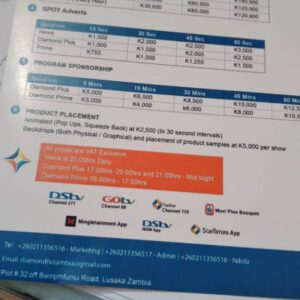 BACHELOR OF ARTS IN BUSINESS ADMINISTRATION
BACHELOR OF ARTS IN BUSINESS ADMINISTRATION 


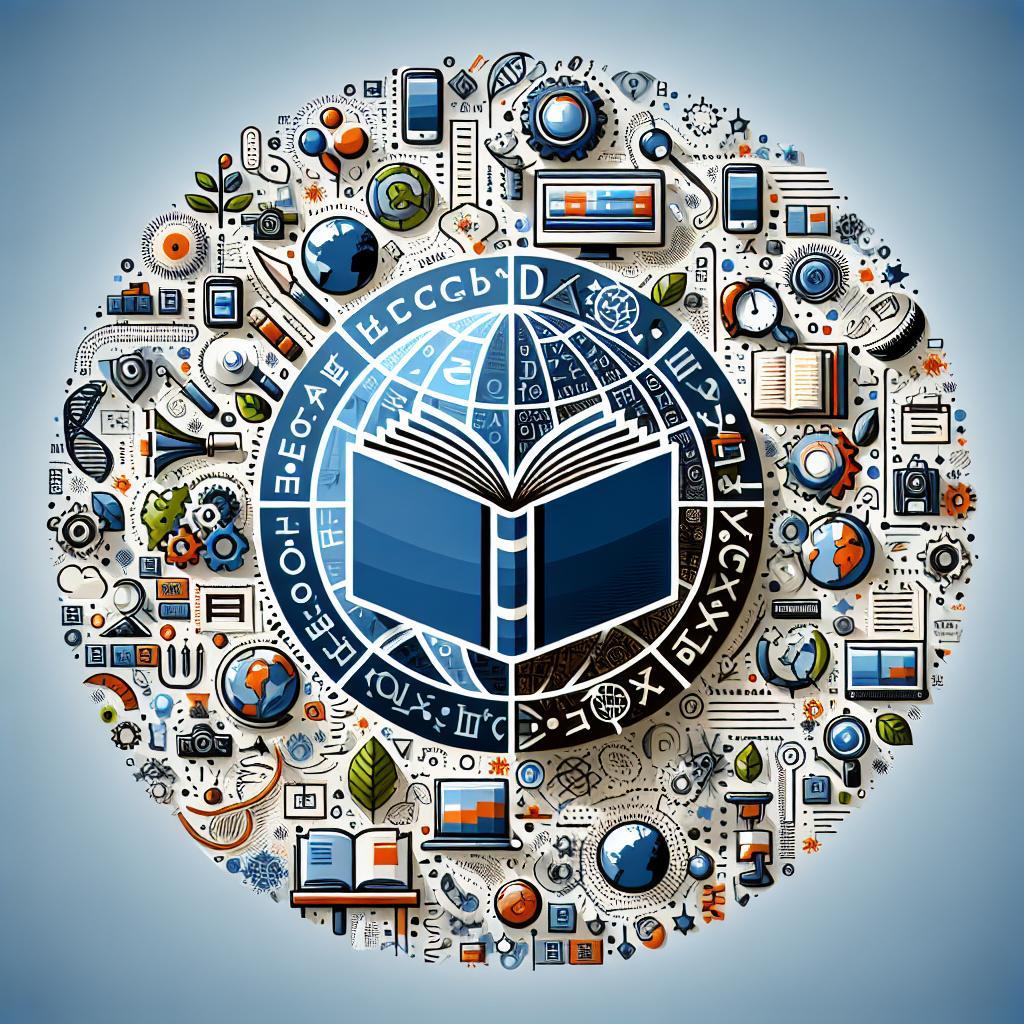

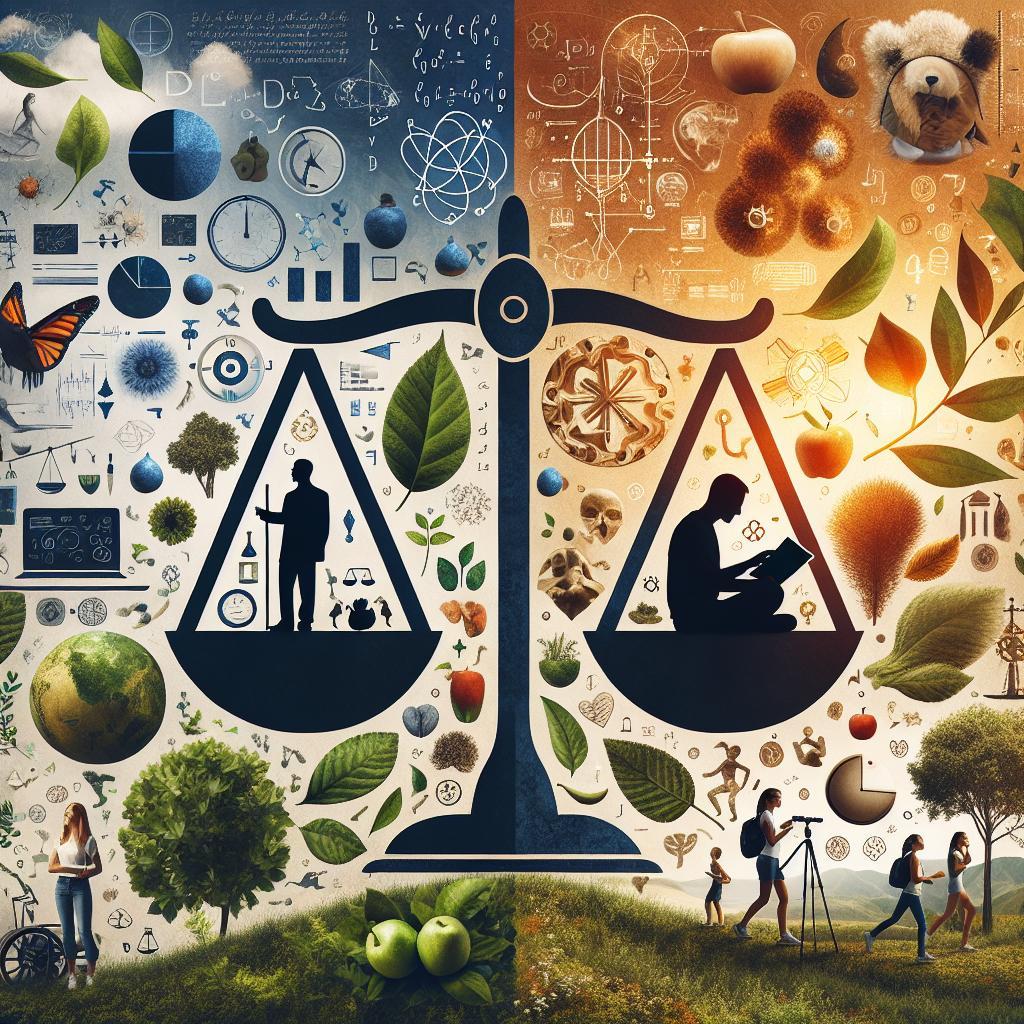


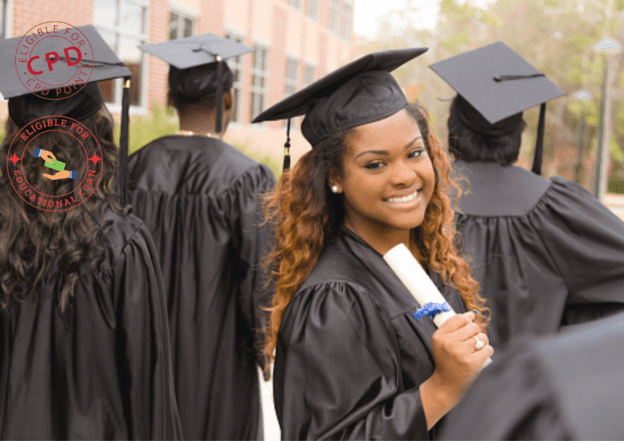
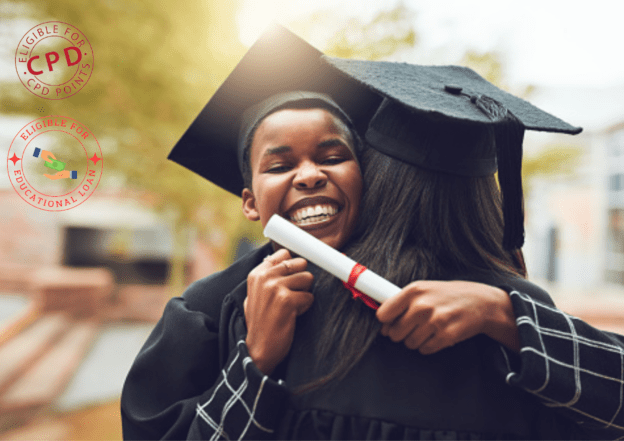



Responses